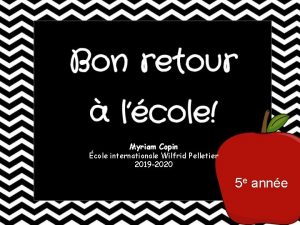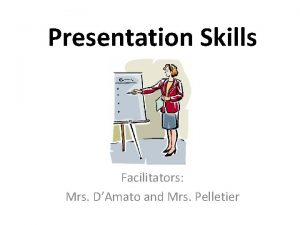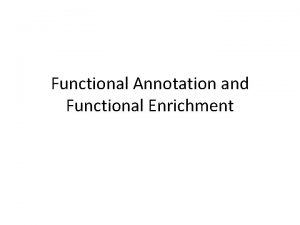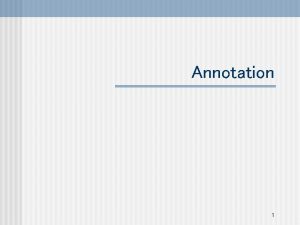Annotation Mrs Pelletier Purpose of Annotation To understand




- Slides: 4

Annotation Mrs. Pelletier

Purpose of Annotation • To understand WHAT the message and the purpose is • To understand HOW the author constructs the message • Understanding how the great writers convey their meaning, makes the readers better writers • To understand WHY the author conveys the message and WHY the author makes specific choices in the text • Helps understand people’s motives/how we are driven to action • Helps us think more deeply about the choice we make in our writing

SOAPSTone • Speaker: consider the persona the speaker creates through the language of the message • Note inconsistencies and/or contradictions to this persona • Occasion: the context; the situation when the speaker delivers the message • Note how the occasion influences the relationship between speaker and audience • Audience: characteristics; if unknown, characteristics should be revealed in the message • Note what the speaker’s language reveals about his/her view of the audience • Purpose: the goal of the speaker’s message (always starts with “to+verb”) • Subject: the topic of the message • Tone: the speaker’s attitude toward the subject as revealed through the message • • Revealed most through diction (word choice) Can look at shifts in subject as possible shifts in tone

How do you know what’s important? Look for ANOMALIES and differences in the text. • Position: where you put something in the text • beginning and ending, order of ideas • Isolation: setting something off by itself • Ex. : a sentence in a paragraph by itself, dashes, parenthesis, etc. • Repetition: consider the number of times an idea is repeated • Proportion: how much of the piece an idea takes up • If there are multiple ideas, consider which the other spends the most time on







